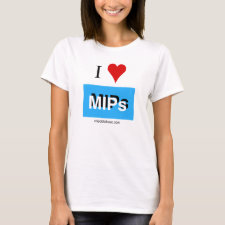
Authors: Cheng W, Gao BJ, Shi XJ, Men JY
Article Title: Preparing Surface Molecularly imprinted Material of Pirimicarb Based on Surface-initiated Graft-polymerization and Studies on its Molecular Recognition Character.
Publication date: 2013
Journal: Acta Polymerica Sinica
Issue: (7)
Page numbers: 934-942.
Alternative URL: http://www.gfzxb.org/EN/abstract/abstract13864.shtml
Abstract: Based on a surface initiated graft-polymerization method, in this work, a novel surface- molecular imprinting technique is designed and founded. The coupling agent γ-aminopropyltrimethoxysilane (AMPS) was bond onto the surface of silica gel particles, and amino groups were introduced onto the surfaces of silica gel particles, obtaining the modified particles AMPS-SiO2. In aqueous solution, the molecules of the anionic monomer sodium styrene sulfonate (SSS) were first combined around pirimicarb molecule (a pesticide) as the template molecule by right of strong electrostatic interaction. A redox initiating system was constructed by the amino groups on AMPS-SiO2 and ammonium persulphate in the solution, and free radicals were produced on the surfaces of silica gel particles. These free radicals initiated the monomer SSS and the crosslinker N, N'-methylene bisacrylamide (MBA) to be graft-copolymerized and crosslinked, and the surface-imprinting of pirimicarb molecule was realized. After removing the template molecules, pirimicarb molecule surface-imprinted material MIP-PSSS/SiO2 was obtained. Propoxur, which is another pesticide and its chemical structure is similar to that of pirimicarb to a certain degree, was used a contrasting substance, and both static and dynamic methods were adopted to study the molecular recognition character and the binding property of MIP-PSSS/SiO2 for pirimicarb molecule. The experiment results show that MIP-PSSS/SiO2 have specific recognition selectivity and excellent binding affinity for pirimicarb molecule, and its selectivity selectivity coefficients for pirimicarb molecule with respect of propoxur molecules is 9.373, displaying high molecular recognition selectivity and excellent combination ability for pirimicarb.
Template and target information: pirimicarb
Author keywords: surface molecular imprinting, Surface-initiated graft-polymerization, Sodium p-styrenesulfonate, pirimicarb, molecular recognition



Join the Society for Molecular Imprinting

New items RSS feed
Sign-up for e-mail updates:
Choose between receiving an occasional newsletter or more frequent e-mail alerts.
Click here to go to the sign-up page.
Is your name elemental or peptidic? Enter your name and find out by clicking either of the buttons below!
Other products you may like:
 MIPdatabase
MIPdatabase









